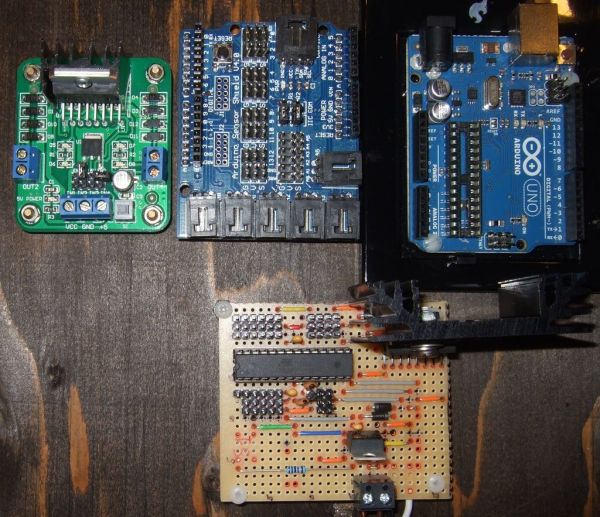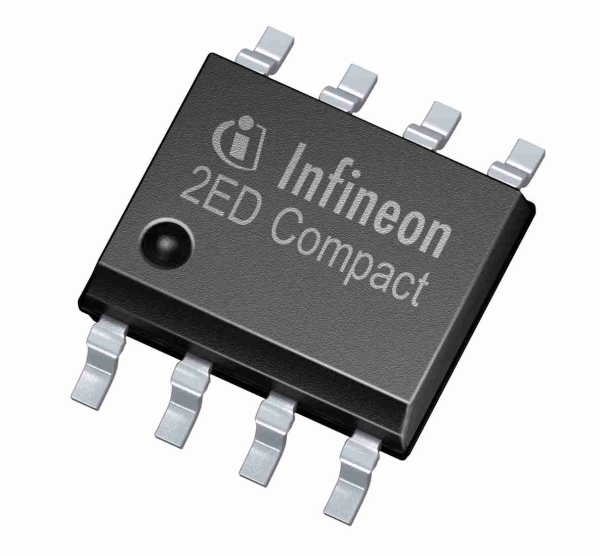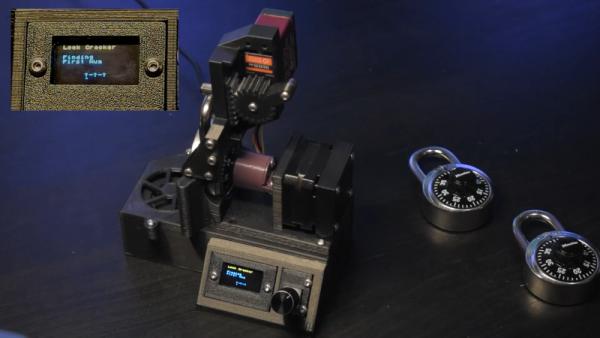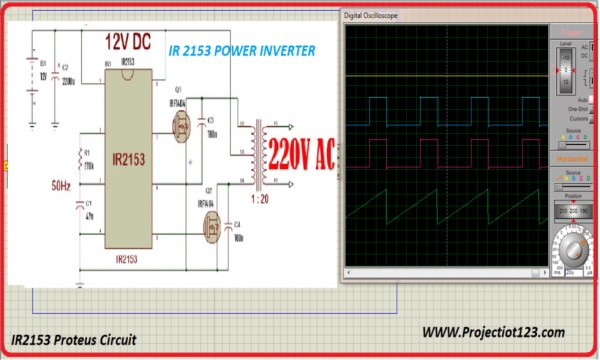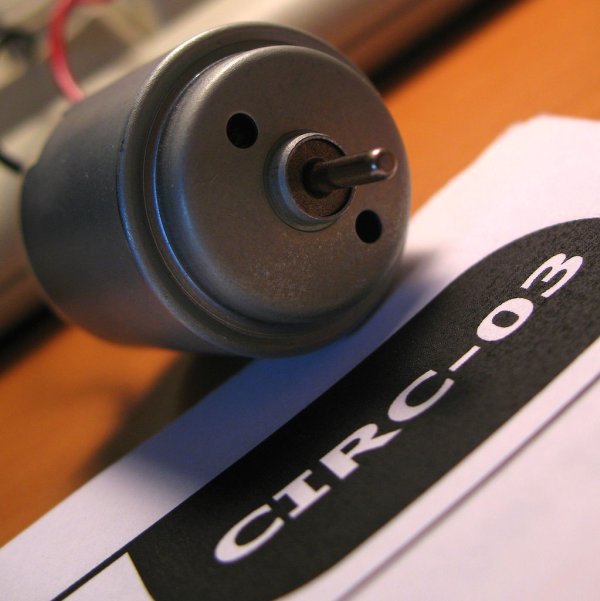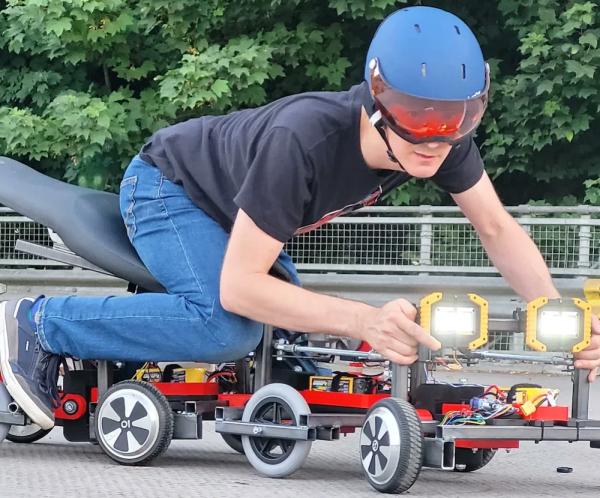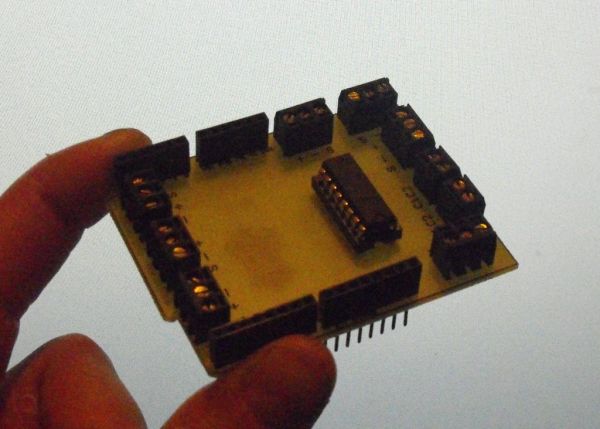Dual-Task CoreXY DrawBot
When I saw a COREXY (or H-Bot) plotter, I thought I would make it someday. Since most of its components were made from 3D printers so I have postponed it. Fortunately, once again the PVC pipes gave me an idea to build it with a special version. My Dual-Task CoreXY DrawBot can perform double tasks simultaneously, eg: […]
Dual-Task CoreXY DrawBot Continue Reading


